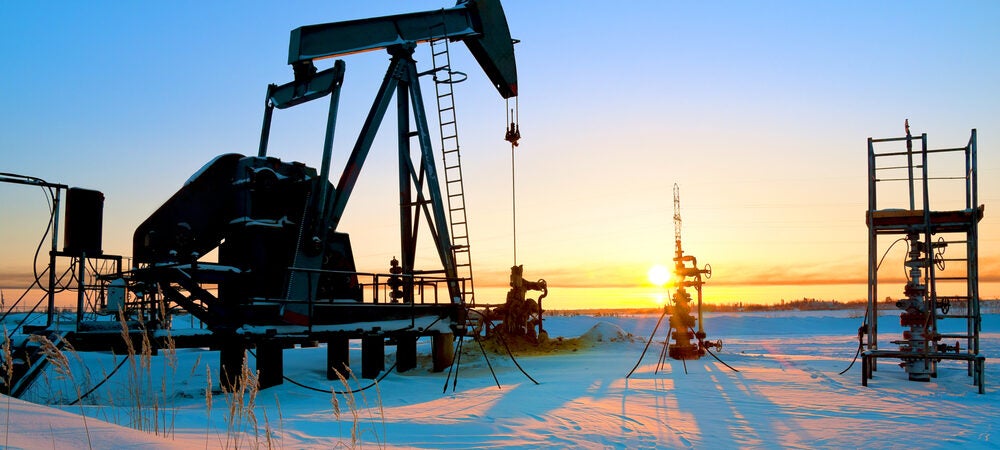THE NUMBERS:
Tariff rates on two Russian imports
Palladium, “MFN”: 0%
Palladium, “Column 2”: 0%
King crab, “MFN”: 0%
King crab, “Column 2”: 0%
WHAT THEY MEAN:
The Biden administration’s ban on Russian oil, coal, and gas is a large though not total trade sanction, cutting off about 60% of American imports of Russian goods. (Last year’s import total was $26 billion; energy made up $16 billion.) Congress, meanwhile, is considering a bill to revoke Russia’s “Most Favored Nation” tariff status. Some observations on this more complex measure:
Fundamentally, it means the tariff rates a country applies generally — as an example, the U.S.’ 6.5% “MFN” tariff on umbrellas (tariff line 66019100) applies to European umbrellas, Chinese umbrellas, Brazilian umbrellas, etc. (Following the late Senator Daniel Moynihan’s noble but forlorn hope to make trade policy terms of art more comprehensible, the U.S. also uses the term “permanent Normal Trade Relations or “NTR” to mean the same thing, but others don’t.) MFN tariffs are also a core feature of relationships among WTO members, as membership entails accepting a “non-discrimination” obligation requiring them to give one another equal tariff rates.
What then does “revoking” MFN status mean? In practice, should Congress pass such a law, buyers of Russian goods would no longer pay the current U.S. tariff rate. Instead they would pay the rates created in the 1930 “Smoot-Hawley” Tariff Act during the Hoover presidency. These rates are now listed in “Column 2” of the U.S. Harmonized Tariff Schedule; as an example, an umbrella gets a 40% Column 2 tariff. More broadly, standard estimates of Smoot-Hawley average tariffs are (a) about 20% overall, based on dividing tariff revenue by import value, as opposed to 2.8% in 2021 (or 1.4% excluding the Trump-era tariffs on Chinese goods and metals) or (b) an even higher average of 59% excluding duty-free goods.
As the averages and the umbrella example both suggest, non-MFN tariffs are generally seen as quite punitive, and often are so in reality. However, they are much less punitive in the specific Russian case. This is because Russia is mainly a natural-resource exporter, and Column 2 tariffs on natural resources are actually rarely high and often zero. In 1930, both Congress and Mr. Hoover wanted very high tariffs on manufactured goods and farm products, but avoided them on raw materials to keep costs low for U.S. factories. These sorts of things — energy, specialty metals, chemical inputs for fertilizer — make up most of America’s 21st-century purchases from Russia. A look at MFN and “Column 2” rates on the U.S.’ top 25 Russian imports last year (accounting for $22 billion of a $26 billion total) yields this result:
1. Energy ($16 billion): Eight crude and refined oil, gas, and coal products made up about 60% of all U.S. imports from Russia last year. The Column 2 tariff on crude oil is 21 cents per barrel —twice the “MFN” 10.5 cents per barrel, but still insignificant. So revoking MFN tariffs on energy would be unlikely to change trade flows at all, since the increases basically raise rates from about 0.1% to about 0.2%. If the goal is to impose economic costs, yesterday’s ban will do a lot more.
2. Four specialty metals ($2.1 billion): palladium, rhodium, uranium, and silver in bullion form. Here, revoking MFN changes nothing, as U.S. tariffs are zero on these things at MFN, and also zero in Column 2.
3. Five natural resources and basic chemical products (also $2.1 billion): Diamonds are zero at MFN, and 10.5% in Column 2; likely some impact, but not a huge one. The others — king crab, potassium chloride, urea, and urea/ammonium mixture (the latter two used as fertilizer precursors) — are all zero tariff now and also zero in Column 2.
4. Four industrial metals ($2.5 billion): The largest is pig iron at $1.2 billion, for which rates rise from zero to $1.11 per ton. This was probably a lot in 1930, but is about 0.2% — not significant — at the 2022 market price of about $500 per ton. Increases are higher for the other three: zero to 10.5% for unwrought aluminum alloy, zero to 11.5% for ferrosilicon, and zero to 30% for ferrosilicon.
5. Four value-added manufactured products ($1.5 billion): Here, a shift to Column 2 means a steep tariff increase. For birch-faced plywood, tariffs rise from zero to 30%; for bullets and cartridge shells, zero to 50%; for semi-finished steel products, zero to 20%; and for reaction engines, zero to 35%.
Altogether, then, revoking MFN status for Russia imposes some penalties, but in most cases not very significant ones given Russia’s unusual export pattern. It may nonetheless be an appropriate symbolic and moral gesture, in particular if many WTO members join in it. But as a policy measure meant specifically to impose economic cost, the energy import ban is the one with practical real-world impact.
Ed Gresser is Vice President and Director for Trade and Global Markets at PPI.
To read the full commentary from the Progressive Policy Institute, please click here.

